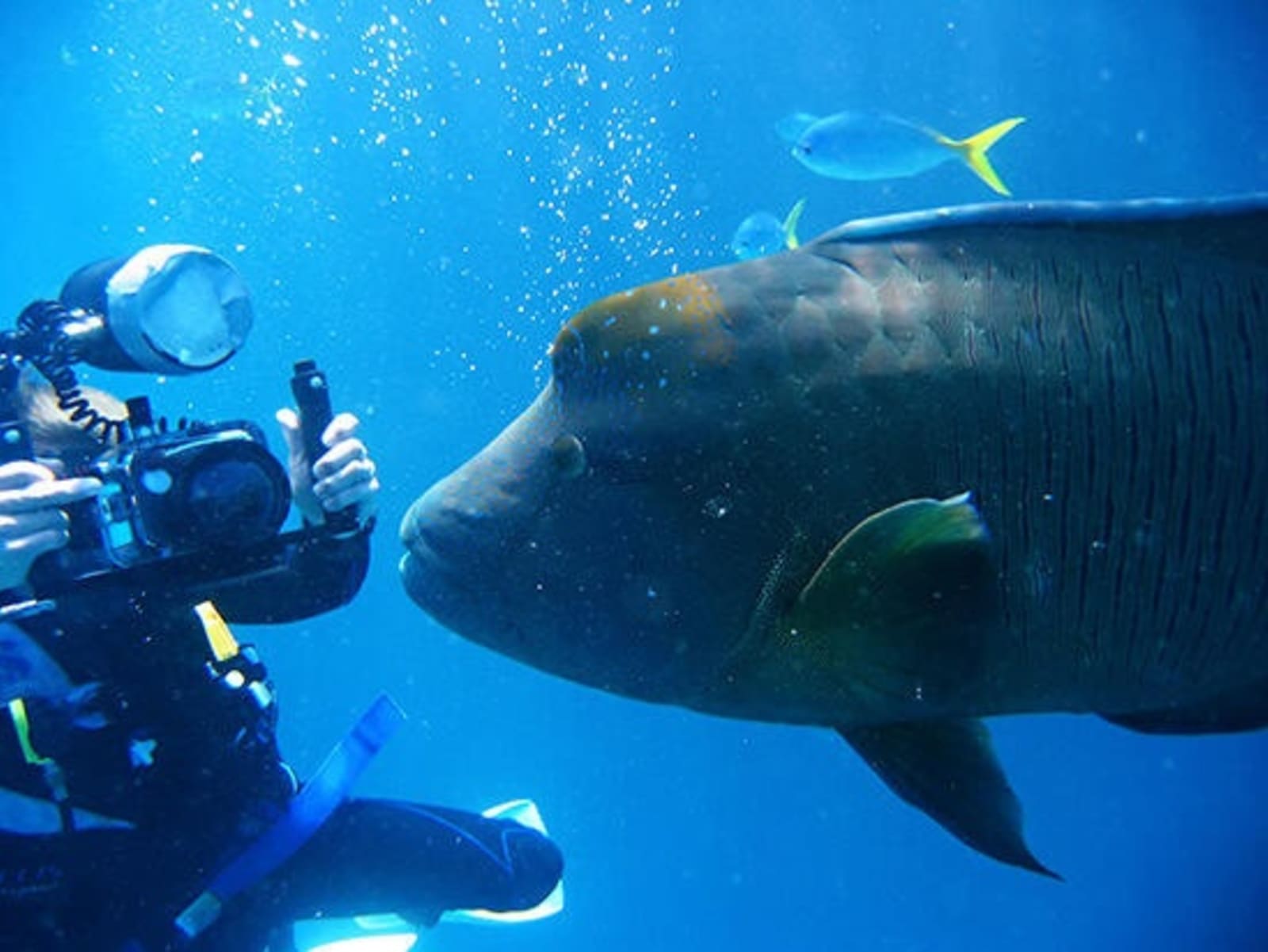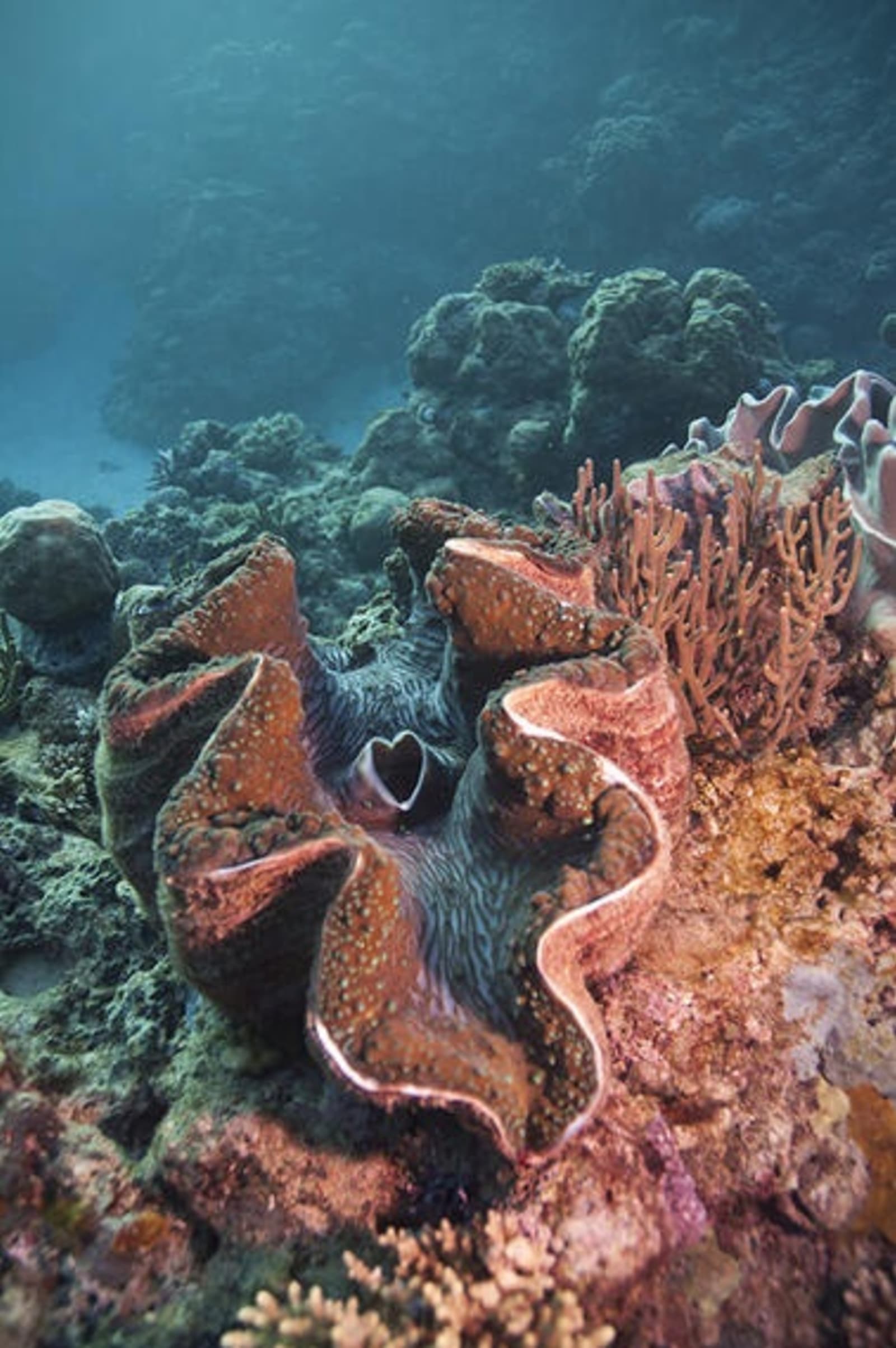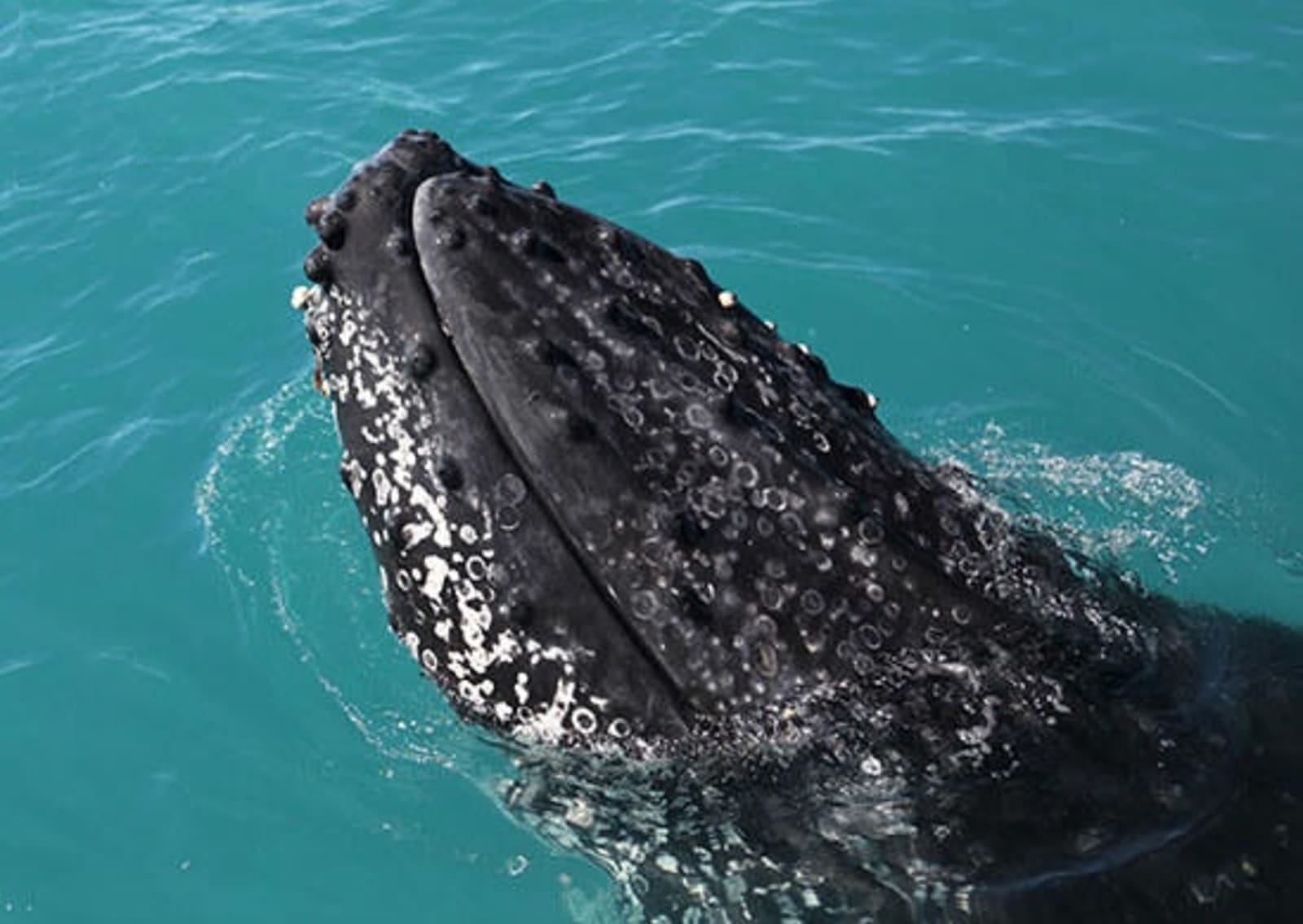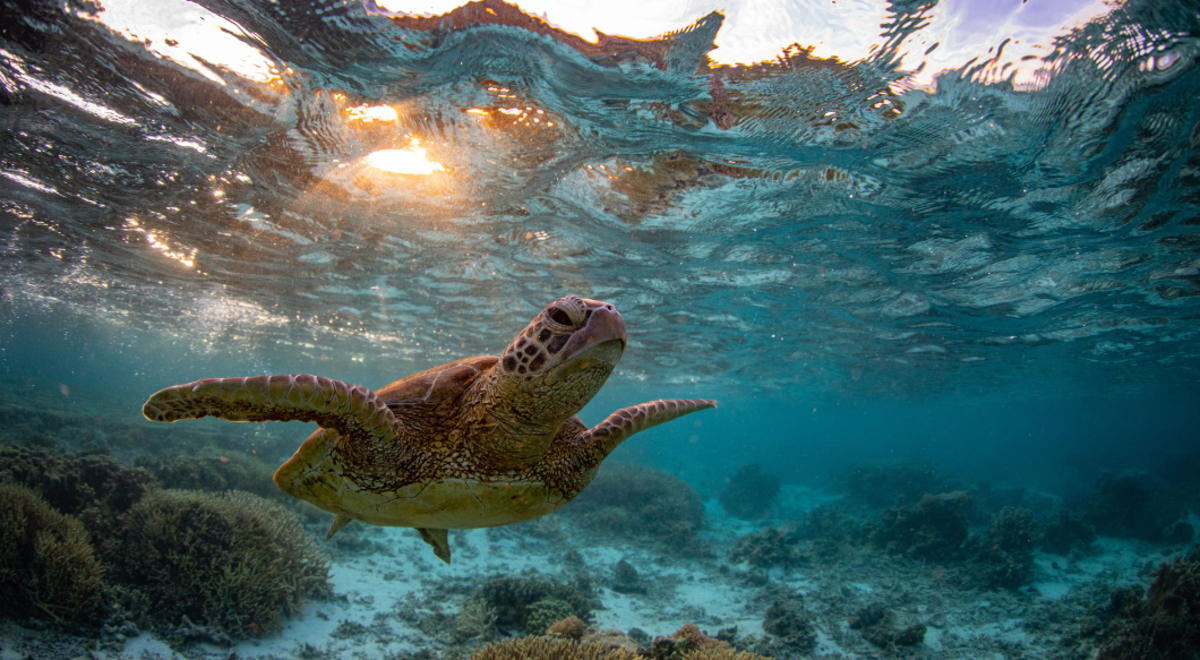Most people have heard of the ‘Big 5’, but how about the ‘Great 8’? Rather than spotting animals in the African bush, you can find the Great 8 beneath the waves of Queensland’s turquoise waters – a range of amazing marine species that, should you spot them, will make your underwater safari all the more memorable. So if you’re headed for the Great Barrier Reef, home to a staggering 1,500 fish species, here’s the eight that you definitely need to tick off:



Clownfish
We’ve found Nemo! And he (and his stripy friends) is busy frolicking in the Great Barrier Reef, making an icon of himself and his home: the tentacles of a stinging anemone.



Sharks
As far as thrilling underwater sightings go, sharks have to be at the top of the list. And with 134 species of ray and shark making these Queensland waters their home, the likelihood of spotting a shark is pretty high. It’s nothing to be afraid of though: you’re more likely to come across the small reef or basking variety rather than Jaws.



Manta rays
Manta rays are huge. In fact, they’re the biggest of all the rays out there. They swim gracefully through the water, almost like acrobats, propelled by ‘wings’ that can be as long as seven metres. It really is a sight to behold.



Maori wrasse
Fishes don’t get much friendlier than the legendary Maori wrasse. You can find them all over the Great Barrier Reef but, due to their sociable nature, they often congregate around reef pontoons (like the Quicksilver station at Agincourt Reef), as well as popular snorkel and dive sites.



Potato cods
Okay, so maybe there is a fish that’s just as friendly – if not friendlier – than the Maori wrasse: the potato cod. Oft described as the ‘dog of the reef’, it’s renowned for its gentle and curious nature. Best chances for viewing are at the Cod Hole, a popular scuba spot off Lizard Island.



Giant clams
Giant clams are the stuff of myths: their man-eating reputation is undoubtedly fascinating, but equally untrue. In reality these huge sea creatures (the largest molluscs on earth, weighing up to 227kg) are fairly harmless unless tampered with and, we would argue, are one of the prettiest things in the ocean. Their vibrant colours and the ridged, honeycomb texture of their shells makes for a unique underwater sight.



Turtles
There’s nothing quite like seeing a sea turtle in the wild. The moment when it pops its head above the water to catch a breath, before diving back down to chomp on seaweed, is a moment you’ll never forget; immediately you know you’re witnessing something unbelievably special. The Great Barrier Reef is lucky enough to boast six of the world's seven species of marine turtle, namely flatback, green, hawksbill, leatherback, loggerhead and olive ridley. Indeed, the northern Raine Island is home to the world’s largest green turtle rookery, which has an annual nesting population of 30,000 females. You can also visit to Cairns’ Fitzroy Island to learn about the rescued turtles living at the on-site rehabilitation centre.



Whales
There’s around 30 types of cetacean in the Great Barrier Reef, with dwarf minke and humpback whales being the most commonly sighted. In fact, if you visit the bleached silica of the Whitsundays between June and September you’re likely to see humpbacks fluking and breaching alongside their new, adorable, calves. Off Cooktown in Tropical Northern Queensland, keep your eyes peeled for dwarf minkes throughout June and July.
Want to discover the Great 8 first-hand? Speak to one of our Travel Experts today about our Great Barrier Reef in-Depth Journey, where you'll explore the best of the world's largest living structures.


